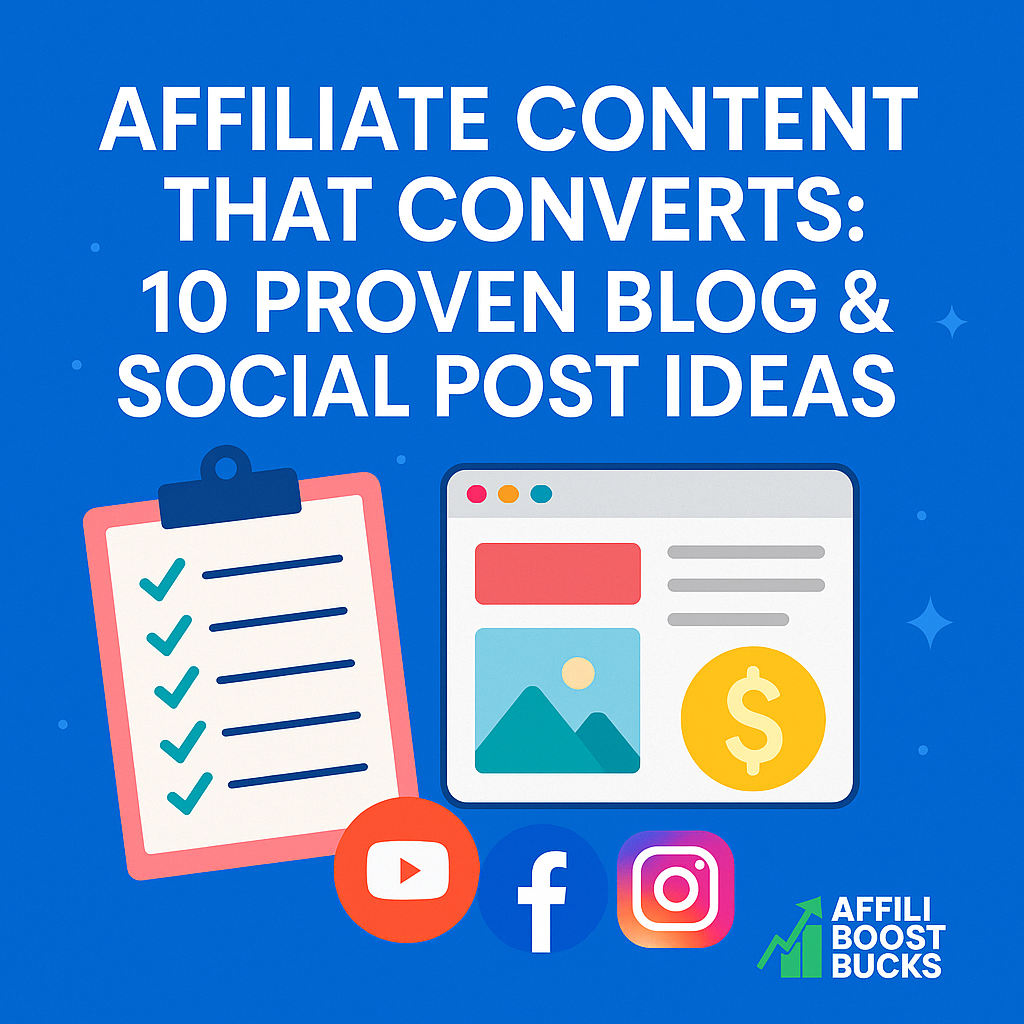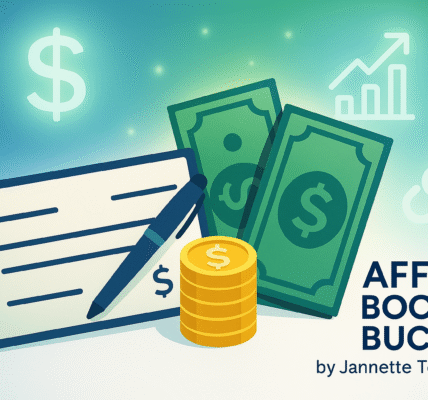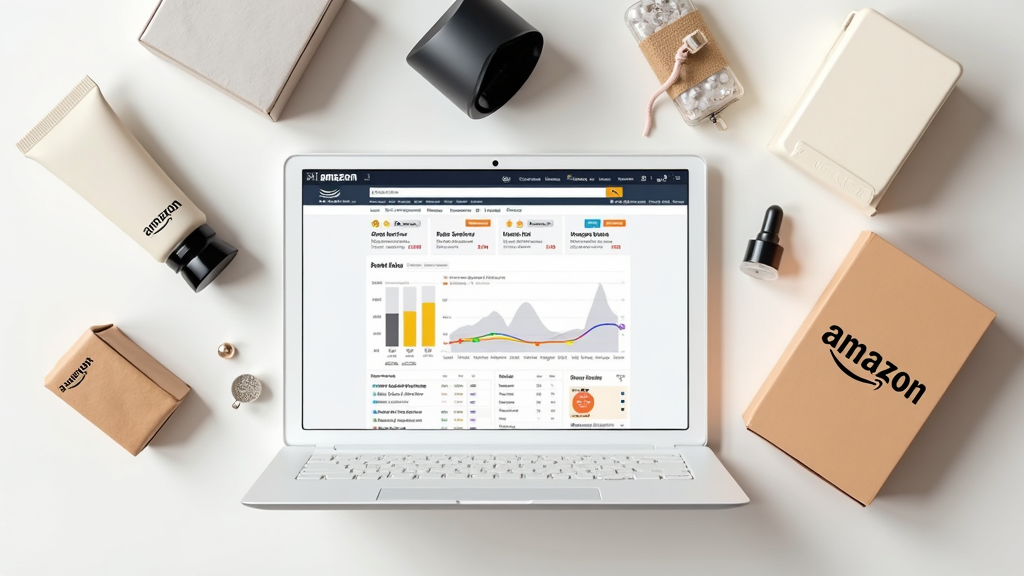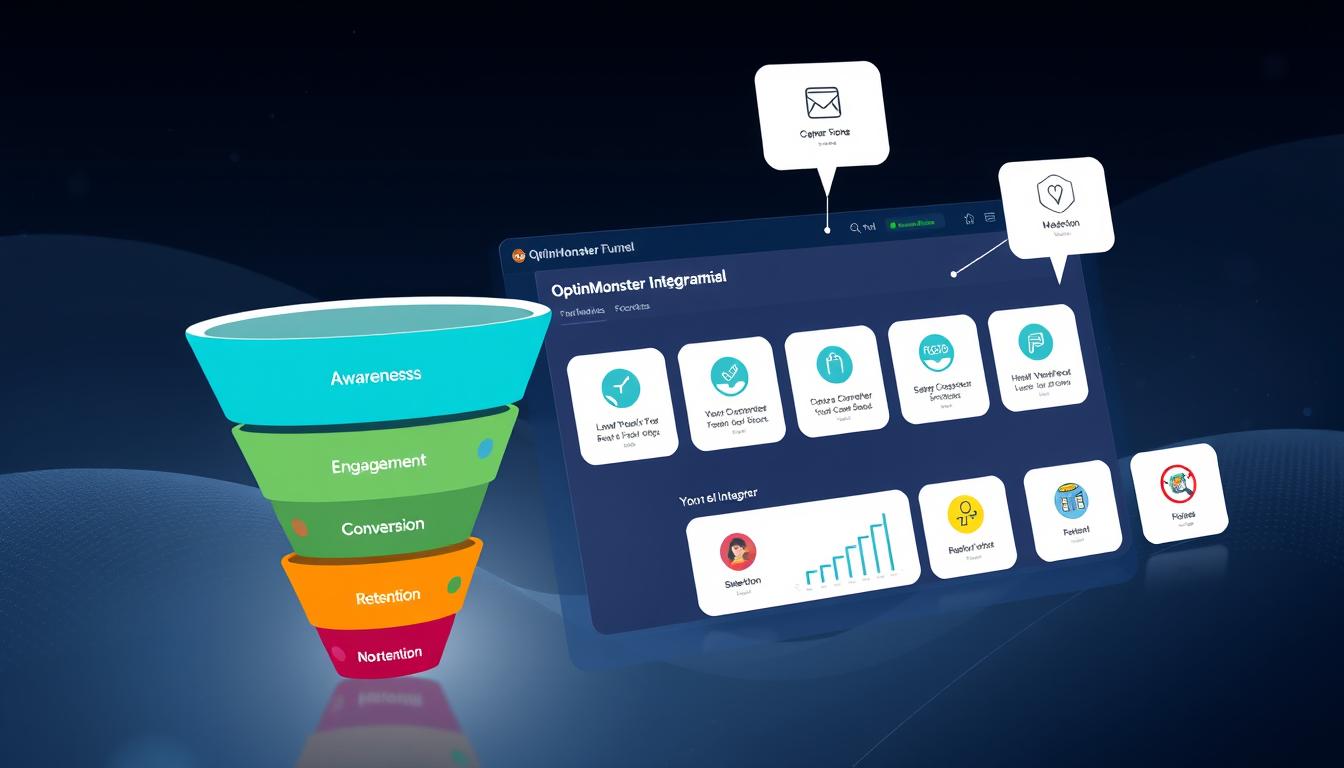Affiliate Marketing Funnel Optimization
Affiliate marketing can be a rewarding way for me to earn income online, but the adventure is rarely straightforward. To see real results, I need a well-designed funnel that guides visitors from their first contact with my content to clicking on my affiliate links and eventually making a purchase.
Funnel optimization is where a lot of affiliates miss out on potential commissions. Throughout my time working as an affiliate, I learned that understanding how to build and tweak an effective marketing funnel can lead to steady growth and stronger conversions. This article will walk through the core steps and strategies I use to optimize each stage of the affiliate marketing funnel.
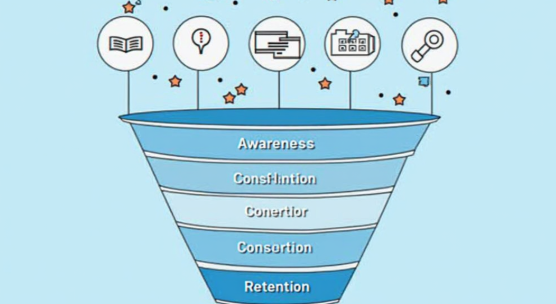
What is an Affiliate Marketing Funnel and Why Does Optimization Matter?
Before I get into the actual optimization steps, I want to clarify what the affiliate marketing funnel is. An affiliate funnel acts as a roadmap for my website visitors. It starts when someone stumbles upon my content, maybe through a blog post, social media, or a paid ad, and moves through several stages until they decide to take action, such as clicking a link or making a purchase through my referral.
The concept of the funnel comes from traditional sales, where there’s a broad entry point (awareness) that narrows as only some visitors progress to making a purchase. My job is to identify and remove friction points that stop people from moving through the funnel. When I pay attention to optimizing this process, I can turn more of my visitors into buyers, which means better commissions.
According to Statista, affiliate marketing spending in the US was over $8 billion in 2022, showing that brands and marketers recognize how valuable this model can be. Funnel optimization helps me make the most of opportunities and avoid leaving money on the table. In fact, as competition in affiliate marketing continues to grow, fine-tuning each funnel step is essential for standing out from the crowd and appealing to today’s savvy online consumers.
Key Stages of the Affiliate Marketing Funnel
Each affiliate funnel typically follows these main stages:
- Awareness: This is where visitors first stumble upon my content.
- Interest & Consideration: Here, people learn more and begin to consider products or services I recommend.
- Decision & Action: This step is where clicks, sign-ups, or purchases happen.
- Retention & Advocacy: Some funnels include post-sale steps to encourage repeat actions or referrals.
I make sure each stage serves a specific purpose, with clear content or offers that help visitors move to the next step. For example, initial blog posts might aim simply to inform and entertain, while follow-up emails might focus on deepening trust and urging specific actions.
Building the Foundation: Audience Research and Funnel Mapping
Optimizing any funnel starts with truly knowing my target audience. I use several tools and techniques:
- Researching keywords and search intent using Google Keyword Planner and SEMrush.
- Analyzing competitors’ sites to see the kinds of content and offers they use.
- Surveying or directly talking to my audience to understand their pain points and goals.
Once I know who I’m targeting, I map out each stage of my funnel. Drawing a simple chart or using online funnel mapping tools helps me visualize the user adventure. This makes it easier to spot opportunities for improvement, such as points where users get stuck or where messaging could use a boost. Careful audience research means I can tailor my content to specific interests and needs, increasing the likelihood of conversion at every step.
Content That Drives Awareness
Content is usually my funnel’s entry point. Creating value-oriented material at the awareness stage brings traffic and builds trust. My best performing pieces have included:
- How-to guides and tutorials that solve problems my audience faces.
- Review articles comparing different products or services.
- Listicles and roundups that give quick recommendations and attract clicks.
I focus on SEO best practices. That means doing keyword research, writing clear headlines, and making sure my content matches what people are searching for. Internal linking between related posts keeps visitors engaged and moving deeper into my funnel. Over time, consistently creating helpful content establishes my authority and grows my organic reach.
Turning Interest Into Consideration With Lead Magnets and Email
Getting visitors interested is only part of the puzzle. Encouraging them to consider my recommendations seriously often requires offering a bit more. I build email lists by offering lead magnets such as:
- Downloadable checklists or cheat sheets.
- Short eBooks providing helpful insights.
- Exclusive discounts or bonuses available through my affiliate links.
Once they’re on my list, I use automated email sequences to warm up leads. A typical sequence might start with a welcome email, followed by more detailed recommendations, success stories, and eventually a clear, friendly call-to-action pointing to an affiliate offer. Keeping these emails helpful, not just promotional, builds trust and boosts the chance someone will act on my recommendations. Sometimes, I segment my audience based on their behavior to send even more targeted content, which has been shown to increase conversion rates.
Optimizing Landing Pages for Conversion
A landing page is where most decisions get made. I pay attention to these factors for better performance:
- Clarity: Headlines state exactly what someone will get or learn.
- Visual Simplicity: Layouts are clean with readable fonts and easy navigation.
- Benefits Focused Copy: Instead of just listing product features, I focus on how the offer helps solve the visitor’s problem.
- Strong Call-to-Action (CTA): Buttons are visible and use clear language, like “Get Access Now” instead of “Submit.”
- Social Proof: I include testimonials, reviews, or trust badges that help put new visitors at ease.
Split testing (A/B testing) has been really helpful. I often test two versions of my landing page with small changes like different headlines or button colors to find what works best. Using tools to record visitor sessions and heatmaps can also help me spot where people might be getting confused or distracted.
Using Analytics and Tracking to Guide Improvements
Every successful funnel I’ve built relies on data. I set up tracking on every step with free tools like Google Analytics, as well as affiliate dashboards provided by networks such as Amazon Associates or ShareASale. Here’s how I use this information:
- Tracking the number of visitors to each stage of the funnel and identifying where drop-offs are happening.
- Monitoring which pieces of content are driving the most conversions.
- Recording email open and click rates to tweak my email copy or subjects.
- Reviewing which landing page variations convert best after split testing.
Whenever I notice a weak stage, I brainstorm possible causes. Maybe the offer isn’t clear, the page loads too slowly, or the CTA isn’t convincing. Changing one element at a time helps me see what produces real improvement. Also, tracking seasonal patterns and external trends helps me prepare for fluctuations and spot opportunities as they arise.
Addressing Common Funnel Challenges
I faced plenty of setbacks in affiliate marketing, especially early on. Here are some roadblocks I ran into and how I deal with them:
- Low Traffic: Sometimes, my content wasn’t ranking or getting noticed. I improved this by updating old posts, getting involved on online forums relevant to my niche, and using low competition keywords.
- Poor Email Engagement: My email open rates dropped when my content felt too generic. Personalizing the subject line or offering more useful content gave my engagement a boost.
- Low Conversion Rate: If people landed on my page but didn’t act, I revisited the offer, CTA, and whether my content matched what someone searching that topic actually wanted.
- Affiliate Link Fatigue: Overloading pages with links turned visitors off. I scaled back on links and made them much more relevant and context driven.
Each problem taught me that steady small changes work better than a complete redesign. Patience is really important in this business. Keeping an eye out for sudden changes is also useful; sometimes even a small update can correct a downward trend.
Fixing Traffic and Conversion Hiccups
Even a well-optimized funnel can have hiccups. Seasonal variations in traffic, search engine changes, or even affiliate program adjustments can all have an impact. When my numbers drop unexpectedly, I:
- Check search engine algorithm updates for possible effects on my rankings.
- Audit my funnel for outdated or broken links.
- Reach out to my affiliate manager to make sure program policies or payouts haven’t changed.
This ongoing maintenance keeps my funnel working smoothly even when things mix up. Staying sharp and responsive to outside factors keeps my funnel resilient through market changes.
Advanced Optimization: Personalization and Retargeting
Once the basics are running smoothly, I like to experiment with more advanced methods:
- Personalization: Showing returning visitors customized content or offers based on their last visit has boosted my conversions. Tools like Thrive Leads or OptinMonster help deliver custom popups or optins.
- Retargeting Ads: Ads on platforms like Facebook or Google follow visitors who landed on my pages but didn’t convert. These ads remind them of the value they almost acted on and lead some to return and complete the process.
- Segmented Email Sequences: Sending different email content based on what subscribers signed up for or clicked on makes my messages more relevant and effective.
More advanced affiliate marketers often use sales funnels that include video content, messenger bots, or SMS reminders, depending on how their audience likes to communicate. In my experience, adding even one new channel or customizing offers has helped me connect more deeply with my audience and achieve higher return rates.
Examples of High-Performing Affiliates
Studying successful affiliates gives me ideas for what might work in my funnel. For instance, Wirecutter has mastered the use of longform reviews and detailed product comparisons, driving trust and conversions. Bloggers like Michelle from Making Sense of Cents use storytelling to share authentic experiences with specific products, leading to stronger engagement. YouTube reviewers like Justin Brown at Primal Video include visual walkthroughs and CTAs in descriptions, which help capture audiences who prefer video over text.
I’ve found that mixing and matching inspiration from these sources, while always tailoring messages to my audience, leads to better results. By analyzing what works for others and personalizing those tactics, I can offer value in ways my own community appreciates.
Tools and Resources for Funnel Optimization
Some tools I regularly use for building and optimizing my affiliate funnel include:
- Google Analytics for tracking user adventures and conversions.
- SEMrush for keyword and competitor research.
- MailerLite for creating segmented and automated email campaigns.
- OptinMonster for personalizing offers and growing lists.
- Elementor for building highconverting WordPress landing pages.
- Facebook Ads for retargeting and audience building.
Most of these tools offer free trials, which lets me test and see what fits my workflow before committing. Additionally, joining online communities focused on affiliate marketing funnels helps me stay updated with the latest tips and best practices.
Frequently Asked Questions
I often get questions about funnel optimization in affiliate marketing. Here are some quick answers:
Question: How long should an affiliate marketing funnel be?
Answer: The length depends on my niche. For simple consumer products, a funnel could just be a blog post plus a simple email follow-up. For higher-value products, I usually build a longer sequence with more nurturing and education. Above all, I strive to balance information with clear next steps.
Question: What are the most common funnel mistakes?
Answer: Common mistakes I see include skipping email opt-ins, using generic calls-to-action, not tracking results, and relying too much on a single channel for traffic. Reviewing each stage helps me spot and fix these quickly. Also, I pay attention to audience feedback to find new areas for improvement.
Question: How important is SEO in affiliate funnel optimization?
Answer: SEO is super important. Most people stumble upon my content through search, so ongoing keyword research and optimization keep traffic flowing to the top of my funnel. I dedicate time every month to checking my rankings and updating content to stay relevant.
Final Thoughts on Affiliate Funnel Optimization
Affiliate marketing isn’t a set-it-and-forget-it process. By understanding every stage of my funnel, making steady improvements, and learning from both my data and my mistakes, I increase my chances of turning casual visitors into loyal buyers. Each adjustment, no matter how small, moves my business forward and brings those affiliate commissions within reach.
Whether I’m just getting started or looking to improve an established funnel, focusing on one step at a time helps me spot new opportunities and stay motivated. Consistent effort and a willingness to keep learning are key to seeing real results with affiliate marketing funnels. The bottom line: small, regular tweaks and staying sharp to changes in online behavior help make affiliate funnel optimization a lasting success.
